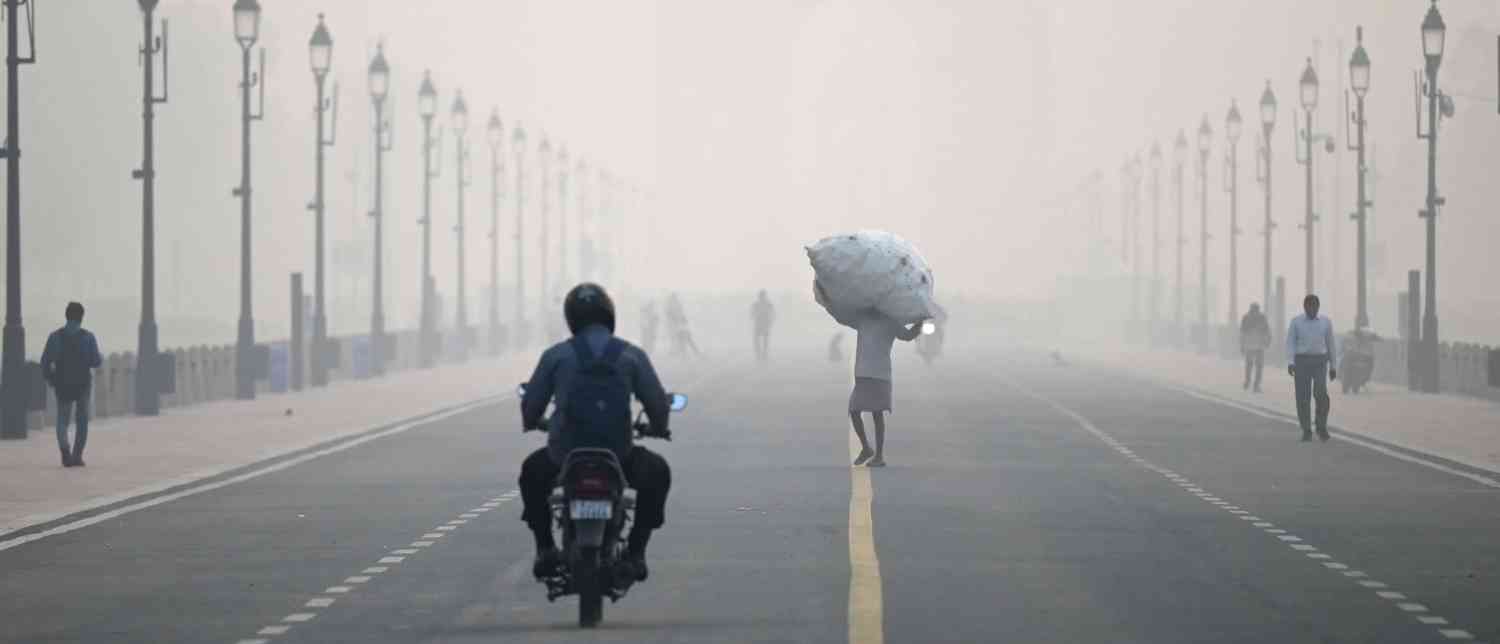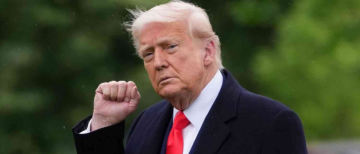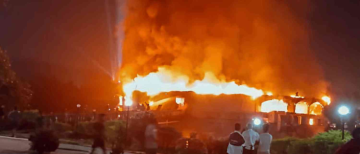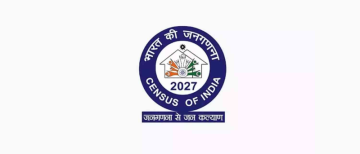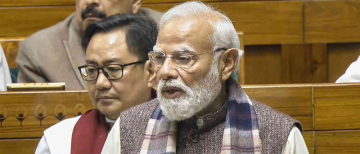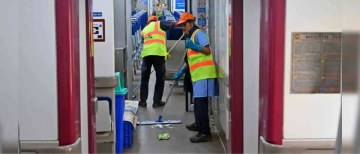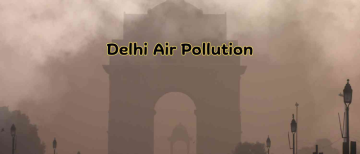Delhi is once again engulfed in a thick, toxic haze that is severely affecting the health and daily lives of its residents. Air quality readings have reached levels categorized as "very poor" to "severe," with particulate matter rising to ten times above safe limits. Against this backdrop, a leading pulmonologist has advised people, especially those with chronic lung conditions, to leave Delhi if possible for the next 6-8 weeks to avoid the worst of the pollution crisis.
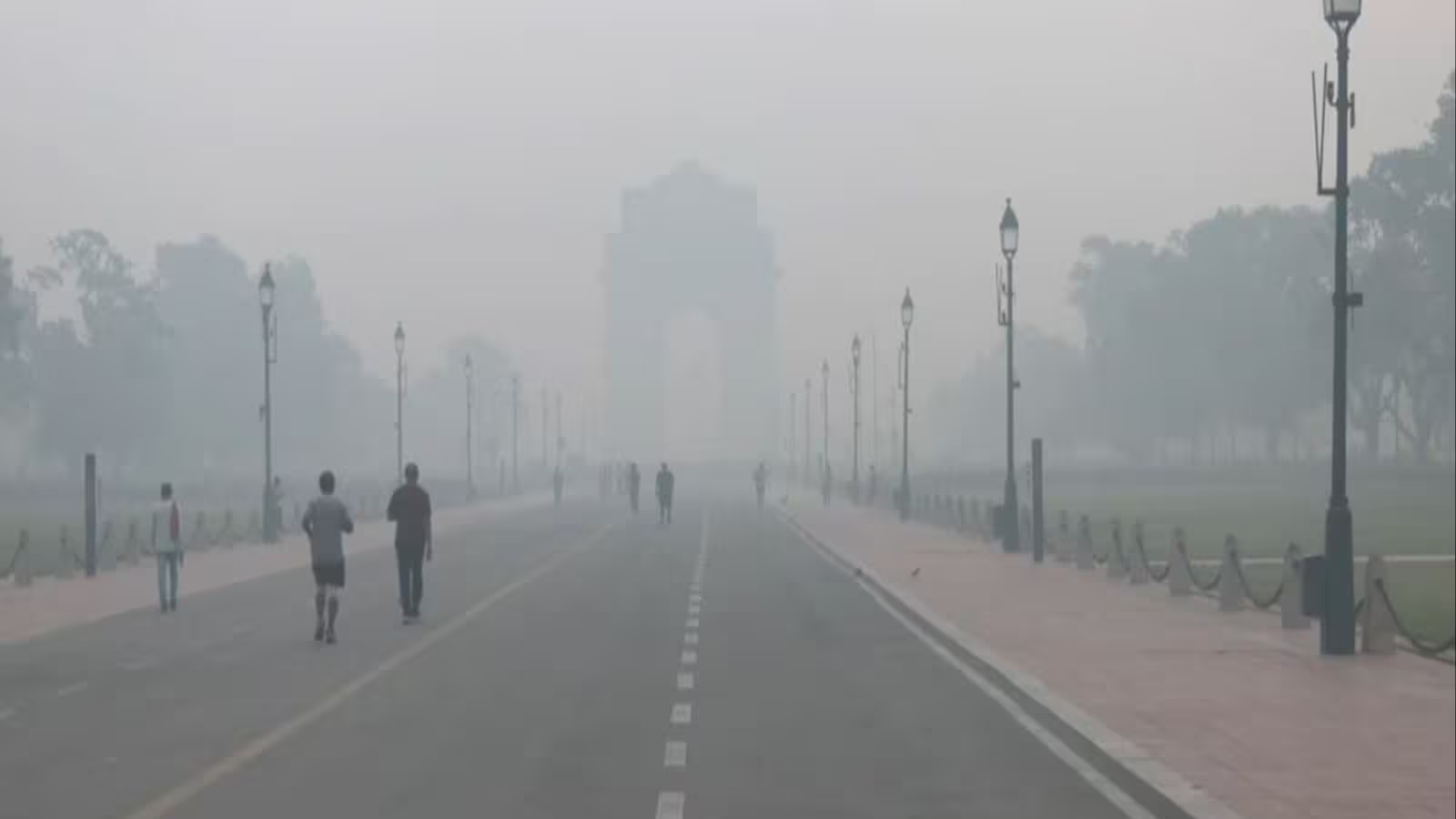
The pollution spike is primarily attributed to a mix of factors including post-Diwali firecracker smog, vehicle emissions, industrial pollution, and the seasonal burning of crop residue in neighboring states. Weather conditions such as calm winds and cold mornings trap these pollutants close to ground level, causing smog and drastically reducing air quality. On many days, over 33 monitoring stations in Delhi have recorded hazardous levels of PM2.5 and PM10 particles, making the air corrosive and harmful to breathe.
Senior pulmonologist Dr. Gopi Chand Khilnani, Chairman of the PSRI Institute of Pulmonary, Critical Care and Sleep Medicine, said in a recent interview that the pollution is causing a surge in respiratory complaints like cough, chest tightness, and airway inflammation. He cautioned that air pollution can lead to severe viral or bacterial lung infections with high mortality rates for vulnerable groups. His clear medical advice is that anyone who can afford to leave Delhi should do so until the end of December, when weather and pollution patterns might improve.
The health impact extends beyond just lung problems. Doctors report a 50-60% rise in patients with eye irritation, burning, and infections due to the toxic air. Further, experts warn about the long-term damage to children's lung development and an increase in asthma cases in the region. Patients with chronic kidney disease and cardiovascular issues also face heightened risks as airborne pollutants cause systemic inflammation and organ damage.
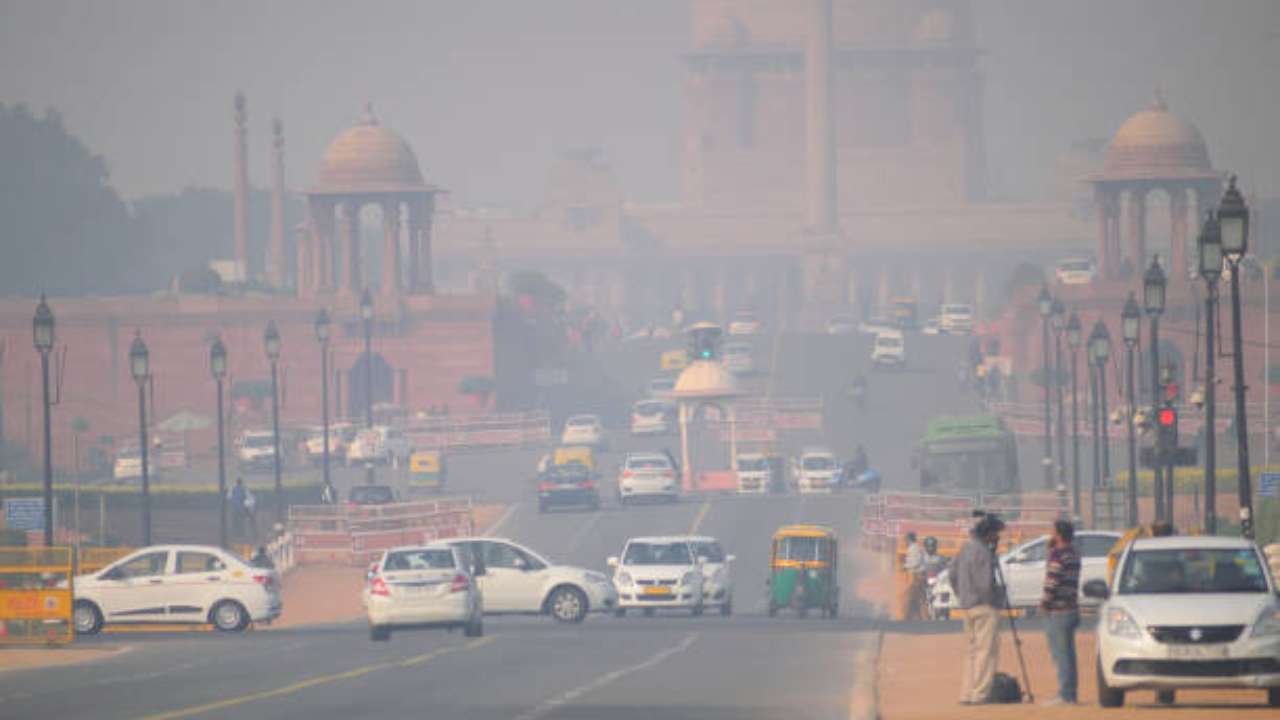
For those who must stay, authorities have implemented emergency measures like restricting older vehicles, using water sprinklers to reduce dust, and imposing fines. However, experts emphasize that indoor air purifiers only work if used continuously with closed windows, which is not feasible for many.
Residents are advised to wear masks, avoid outdoor activities during peak pollution hours, and monitor their symptoms carefully. The ongoing pollution crisis is not just a seasonal nuisance but a significant public health emergency that calls for urgent awareness and preventive actions.
In perspective, while some may find leaving the capital difficult due to work or financial constraints, the pulmonologist’s advice highlights the severity of the air quality crisis. It reminds everyone that toxic air is a silent threat, damaging the lungs, eyes, and overall health, especially for the young, elderly, and those with pre-existing conditions. Until sustainable pollution control measures take effect, staying away from the most polluted environment remains a strong health safeguard.
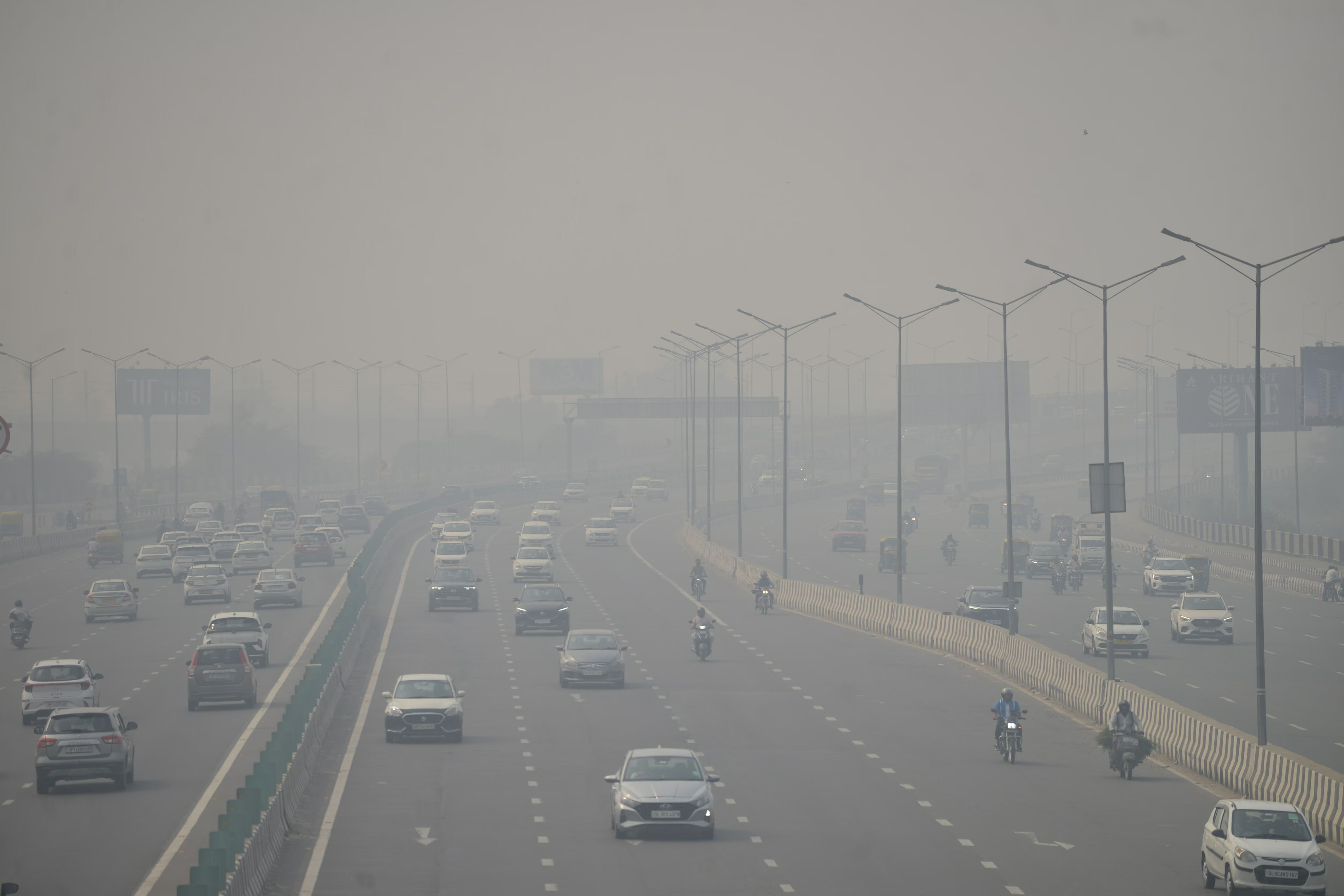
This delicate balance between managing daily life in the capital and protecting health should guide residents' decisions in the coming weeks, underscoring the critical need for cleaner air solutions in Delhi.
With inputs from agencies
Image Source: Multiple agencies
© Copyright 2025. All Rights Reserved. Powered by Vygr Media.

